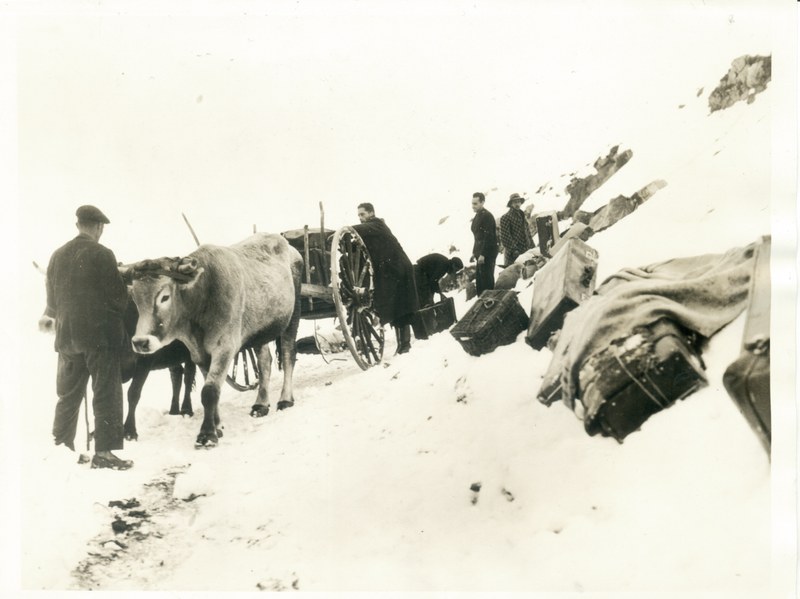The weather during the retreat of the Republicans in 1939
Jan 28, 2024
A study carried out by Jordi Mazón and David Pino from the Department of Physics together with Lluís Bassaganya, Jordi Mercader and Jordi Moré asks what kind of weather the republican exiles suffered in the Camprodon valley.
Between January 23 and February 14, 1939, now 85 years ago, 100,000 republicans went into exile in the Vall de Camprodon, a period known as the Retreat. In the personal diaries found of the exiles, as well as in the literature generated in this period, there are great contradictions in the weather conditions encountered on this path of exile through the eastern Pyrenees towards France. The research developed by a team of researchers from the Department and the Meteorological Service has made it possible to determine the weather conditions encountered by the more than 100,000 people who fled from all over Spain through the Vall de Camprodon. Based on reanalysis data and high-resolution numerical simulation, researchers have been able to define a daily weather calendar, on an hourly scale, of temperature, wind and precipitation conditions. The results show that the weather accompanied the exiles, with the exception of the days 29 to 31 January, when a low pressure that crossed the Iberian Peninsula affected the northeast, bringing modest precipitation with snow to the mountain passes that form the border with France, through which the republicans passed. Between February 1 and 14, the day on which the last of the republican exiles crossed the French border through the Coll Pregon through the Vall de Camprodon, l'Avel·lí Artís Gener (in Tísner), the thermal investment situation it allowed a relatively comfortable passage, without snow on the ground and with a pleasant temperature, in an area, the eastern Pyrenees, where the weather conditions can be very adverse. The article has been published in the journal Metode:
https://metode.cat/revistes-metode/article/la-meteorologia-durant-la-retirada.html

Share: